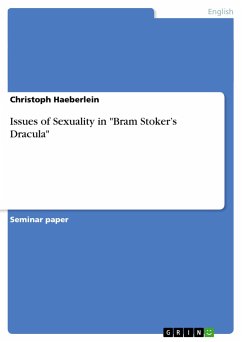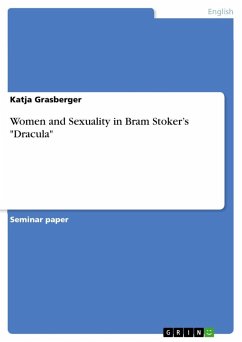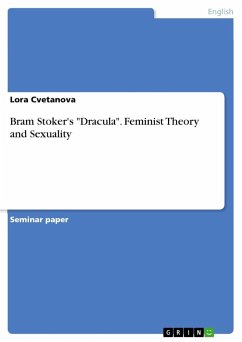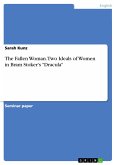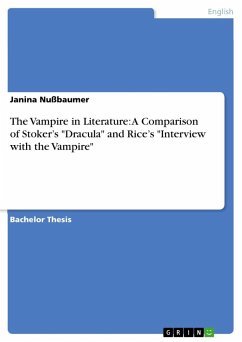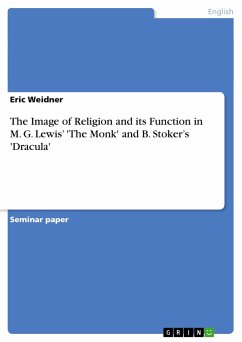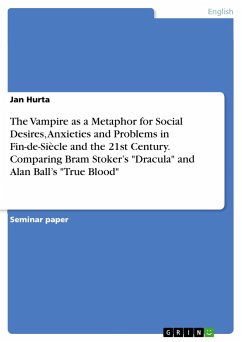Seminar paper from the year 2006 in the subject English Language and Literature Studies - Literature, grade: 1.7, University of Cologne, course: Gothic and Neo-Gothic Ficiton, language: English, abstract: Taking a look (an not even a close one) at movies or TV-series dealing with vampires, one immediately recognizes the vampire as a sexed-up figure, conveying the notion of the lascivious vamp as in Underworld, the noble alpha-male as in Blood Ties or the longed-for guardian and lover as in Moonlight. In her novels, Anne Rice describes the vampire's bite as a liturgical act (cf. Brittnacher 1994:131), Sheridan Le Fanu's female vampire Carmilla is actually a lesbian (cf. Leatherdale 1985, 54) and John Polidori's early story The Vampyre is considered to have successfully combined the vampire-motif with a seducing romanticism (Hurst 2002, 139; Leatherdale 1985, 51). There is a long tradition in sexing up vampire-figures, reaching back even to Bram Stocker's Dracula. Indeed, Bram Stoker combined different aspects of the literary vampire when he created Count Dracula (cf. Brittnacher 1994, 119ff; Hurst 141f). This mixture of well-tried elements may be one of the reasons why Bram Stoker's novel is widely seen as the "by far best-known literary treatment of the vampire myth" (Bentley 1972, 27). Amazingly, Dracula has never been out of print since it was first published in 1897 (Leatherdale 1985, 11; McNally et.al. 1994, 133) and can thus be said to have become the figurehead for the vampirism-phenomena. Consequently, James Twitchell asserts that "vampire and Dracula have become synonymous" (1981, 132).
Hinweis: Dieser Artikel kann nur an eine deutsche Lieferadresse ausgeliefert werden.
Hinweis: Dieser Artikel kann nur an eine deutsche Lieferadresse ausgeliefert werden.

